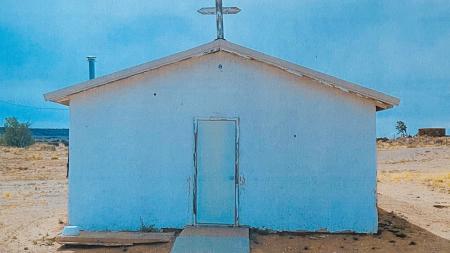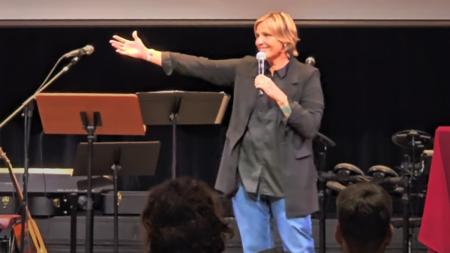Commentary on Church Order Published

Faith Alive Christian Resources has published a thoughtful, informative, in-depth, and full-fledged commentary – the first in 40 years – on the Christian Reformed Church in North America Church Order.
Written by Dr. Henry De Moor, the book provides explanation, analysis, and insight into the 86 articles that make up the Church Order, a document that gives guidance and sets rules on how the denomination as well as individual congregations should conduct their business.
De Moor, who recently retired as a professor of church polity at Calvin Theological Seminary, gives an explanation of why he wrote the commentary. It "is important to know the 'why' behind the rules. If that’s not clear to us, we are not truly privy to the wisdom of the tradition," he writes.
De Moor has served as an advisor to the CRC synod for many years, clarifying rules and offering recommendations when issues involving the Church Order arise. He has also served the same function for other church assemblies.
In his book, De Moor essentially provides background and interpretation of the Church Order. The book is divided into four sections, plus a conclusion.
In the first section, titled "The Offices of the Church," Article 2 states: "The church recognizes the offices of the minister of the Word, elder, deacon, and ministry associate. These offices differ from each other only in mandate and task, not in dignity and honor."
In his comments, De Moor explains that these offices "are instruments of Christ’s ministry and organs of his rule. They constitute his lordship and saving presence among his people as well as his continuing witness to the world."
He goes on to discuss the role of the offices and the significance of each office. In addition, he includes a 1965 synodical statement on officebearers.
The second section deals with “The Assemblies of the Church.” In here, De Moor discusses a range of subjects, including the role and function of a classis. This part touches on who can be a member of classis and the appointment of classical counselors “who oversee the process of calling a minister of the Word to congregations in its midst,” writes De Moor.
He also comments on the articles in the third section – "The Task and Activities of the Church." For instance, following Article 54, he reflects on the centrality of preaching in worship. "As indicated in the article, the sermon is central to worship in the Reformed tradition. Not the sacraments, not the prayers, not the hymns, and not the praise – all good and necessary things – but proclamation is at the center of what we do each and every Sunday."
There is a fourth section titled "The Admonition and Discipline of the Church." In this, he explains that the overall purpose for articles relating to admonition and discipline are the need to deal "with the what of the institutional church when worship, faith nurture, and pastoral care do not have their desired effects."
Finally, there is the conclusion. Article 86, the last article, states "This Church Order, having been adopted by common consent, shall be faithfully observed, and any revision thereof shall only be made by synod."
Here, De Moor in part comments on the significance of the Church Order.
"It unites us to one another, a gift of grace prayed for . . . a biblically based order does not place roadblocks on our way through history. It thoroughly enhances the mission our Lord has given us," he writes.
In the Church Order forum on The Network, the CRC's online program linking people on issues of ministry, De Moor invites commentary on the book and writes:
"The book features a treatment of each article of our Church Order – half of it exposition, being theological, historical, or practical in nature, the other half of it real life questions and answers that I have received and written over many years of work at Calvin Theological Seminary."
To learn more about the book, click: Commentary.


